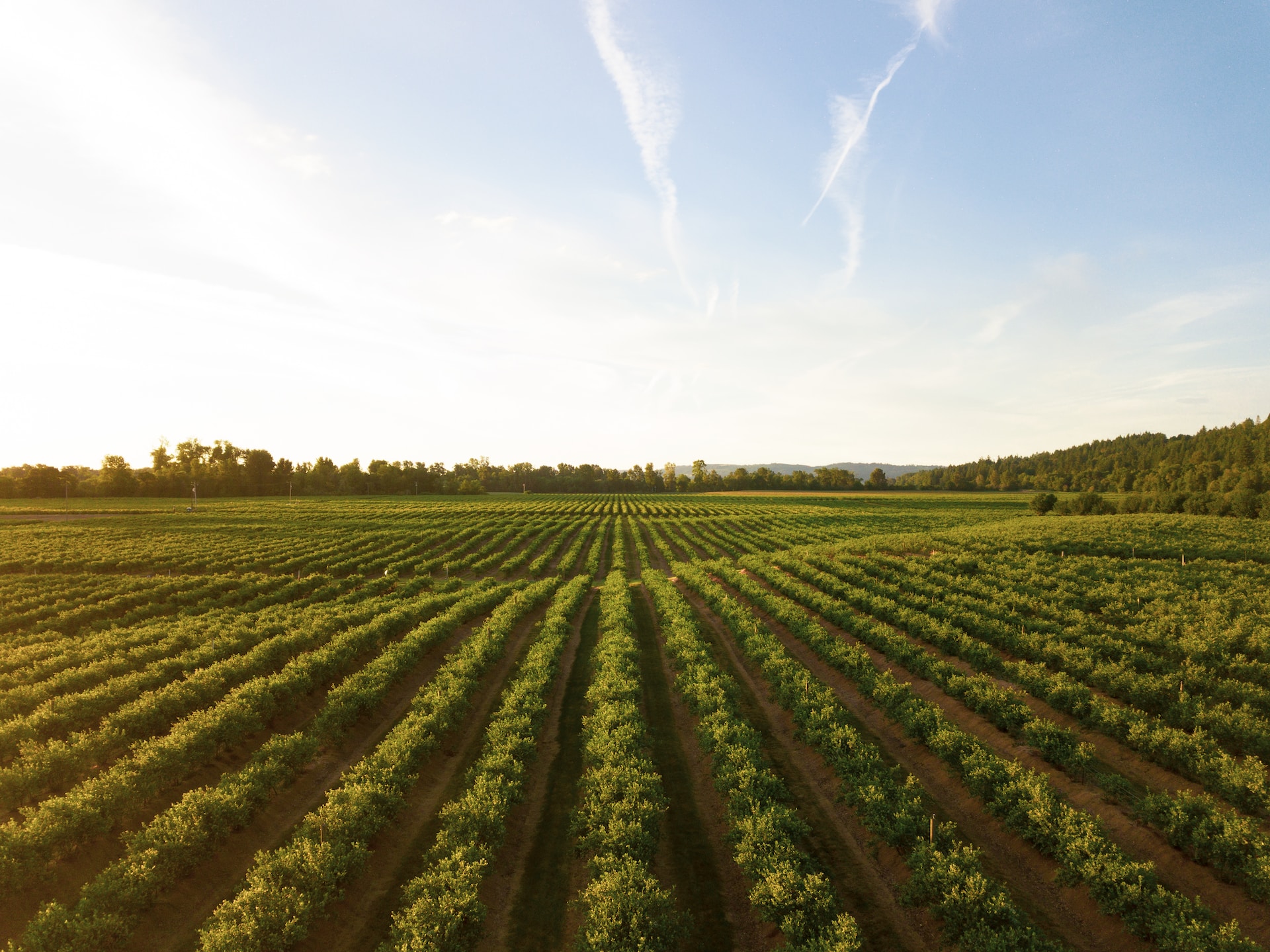The agricultural sector is under mounting pressure to increase efficiency, reduce environmental footprints, and adapt to the changing demands of a growing global population. Real-time monitoring solutions, like those offered by Qualified Controls, can play a transformative role in modern agriculture and smart farming, driving crop yield improvements, resource optimization, and sustainable practices. In this article, we will discuss the numerous advantages of implementing real-time monitoring systems for agriculture and smart farming, focusing on precision farming, irrigation optimization, and livestock management.
By harnessing the power of IoT sensors and advanced data analytics capabilities, real-time monitoring solutions enable farmers and agricultural professionals to monitor and control various physical parameters, including soil moisture, temperature, humidity, and nutrient levels. This granular visibility allows for optimizing various farming practices and resource utilization, ultimately promoting sustainable agriculture, reducing costs, and improving the overall efficiency of farming operations.
Are you ready to experience the transformative benefits of real-time monitoring solutions for agriculture and smart farming, enabling your operation to thrive in an increasingly competitive and resource-constrained agricultural landscape? Let’s get started.
Precision Farming: Enhancing Crop Yield and Resource Efficiency
Implementing real-time monitoring solutions in precision farming practices can significantly enhance crop yield and resource efficiency, providing invaluable insights for optimizing various agricultural processes. Key benefits of utilizing real-time monitoring systems for precision farming include:
1. Soil Health Monitoring: Real-time monitoring of soil moisture, nutrient levels, and other critical parameters allows farmers to optimize fertilizer application, irrigation scheduling, and soil amendment practices, ensuring optimal crop growth and resource utilization.
2. Pest and Disease Management: Continuous monitoring of environmental conditions, such as temperature and humidity, enables farmers to identify and address potential pest and disease threats proactively, protecting crop health and maximizing yield potentials.
3. Data-Driven Decision-Making: Access to real-time data on soil health, environmental conditions, and crop growth empowers farmers to make informed decisions about planting, cultivation, and harvesting strategies, as well as resource allocation and management.
Irrigation Optimization: Minimizing Water Waste and Promoting Sustainable Practices
Real-time monitoring solutions can drastically improve irrigation efficiency and sustainability within agricultural operations by providing continuous, detailed insights into water usage and soil conditions. Key benefits of real-time monitoring systems for irrigation optimization include:
1. Real-Time Soil Moisture Monitoring: By monitoring soil moisture levels in real-time, farmers can identify areas needing irrigation and adjust watering schedules accordingly, minimizing water waste and promoting sustainable water usage practices.
2. Smart Irrigation Control: Real-time monitoring solutions can be integrated with smart irrigation systems, automating irrigation processes based on sensor data to ensure optimal watering conditions and reduce manual labor requirements.
3. Improved Drought-Resistance: Real-time monitoring of soil moisture and environmental conditions can inform irrigation strategies that promote drought-resistant crop growth, crucial in areas with limited water resources or facing climate-related challenges.
Livestock Management: Ensuring Animal Welfare and Enhancing Productivity
Real-time monitoring solutions can also play a crucial role in livestock management, ensuring animal welfare, enhancing productivity, and minimizing resource waste. Key benefits of real-time monitoring systems for livestock management include:
1. Health and Behavior Monitoring: Monitoring animal health indicators, such as body temperature, heart rate, and activity, enables farmers to proactively address potential health issues, reduce stress, and optimize animal welfare.
2. Environmental Control: Real-time monitoring of environmental parameters, such as air quality, temperature, and humidity, allows for precise control of housing conditions, ensuring optimal comfort and health for animals and enhancing overall productivity.
3. Resource Optimization: Real-time data on animal health, productivity, and environmental conditions can inform targeted improvements in areas such as feed management, breeding strategies, and veterinary care, promoting resource efficiency and cost-effective livestock management practices.
Data-Driven Agriculture: Harnessing Real-Time Insights for Long-Term Success
The real-time insights and data analytics capabilities provided by advanced monitoring solutions can drive long-term success in agricultural operations, enabling data-driven management and continuous improvement. Key benefits of real-time monitoring systems for data-driven agriculture include:
1. Performance Tracking and Benchmarking: Real-time monitoring solutions can track and analyze historical and real-time data on crop yield, resource usage, and environmental conditions, providing valuable performance benchmarks and analysis capabilities.
2. Predictive Analytics and Forecasting: Leveraging advanced data analytics capabilities, real-time monitoring systems can generate predictive forecasts based on historical data, allowing farmers to anticipate and plan for potential challenges, such as weather events, resource scarcity, or market fluctuations.
3. Continuous Improvement: Access to comprehensive, real-time data empowers agricultural professionals to identify areas for improvement, test and implement targeted strategies, and measure the success of their efforts, fostering a culture of continuous improvement and proactive management.
Conclusion
Real-time monitoring solutions have the potential to revolutionize agriculture and smart farming, empowering farmers and agricultural professionals with the real-time insights and data analytics capabilities needed to optimize crop yield, minimize resource waste, and promote sustainable practices. By embracing advanced IoT sensors and monitoring technology within agricultural operations, decision-makers can make informed decisions, proactively address potential challenges, and ensure the long-term success and productivity of their farming operations.
Experience the game-changing impact of real-time monitoring solutions from Qualified Controls for your agricultural endeavors, and take the first step towards a more efficient, sustainable, and prosperous future in agriculture. Contact our team of experts at Qualified Controls today to learn how our next-generation real-time monitoring suite can support the future of your agricultural pursuits, driving growth, mitigating risk, and fueling success in an increasingly competitive and resource-constrained world.


